Diamonds may be a girl’s best friend, but I definitely have a thing for gold. Especially when you see how incredibly versatile and beautiful it can be when worked by skilled artisans – both ancient and modern. Nothing else screams ‘luxe’ quite like this shiny yellow metal. And I’m willing to bet that a visit to any of these 4 must-see places just might turn you onto the glamour of gold, too.
1. BOGOTA, COLUMBIA
If you’re looking for a museum dedicated exclusively to ‘New World gold’, I would challenge you to find a better one than Colombia’s Gold Museum in Bogota. The museum started from relatively humble beginnings with one interesting vessel, the poporo quimbaya, which is still on display today. But the last 75 years have seen the museum expand to over 4 floors of permanent exhibits and collections – making it the world’s largest collection of pre-Hispanic gold.
You’ll find over 6,000 pieces on display, from delicately crafted spoons and coca vessels used in religious rituals, to full-body decorative embellishments worn by royalty.
The 4th floor in particular houses some of the most spectacular pieces, including the miniature Muisca Raft, depicting the ceremonial ritual of an ancient king making offerings of gold and emeralds to the gods at Guatavita Lake. Artefacts and stories like these helped sparked the legend of El Dorado in the imagination of the Spanish conquerors who believed El Dorado was a kingdom to be discovered and looted.
The Offering Room, an impressive multi-media display describing the religious ceremony of Guatavita Lake.
The detail and craftsmanship on these pieces are outstanding, and it’s no wonder the Spanish conquistadors, who already had a thing for gold, wanted to get their hands on these treasures. Lucky for us they didn’t.
2. LIMA, PERU
Although most people visiting Peru use Lima only as their entry and exit city before continuing on to Machu Picchu, there’s something to be said for sticking around long enough to visit some of Lima’s museums, Museo Larco in particular.
Henk and I visited the museum on the advice of Lillian Delfin, our hostess at Second Home Peru, an eclectic and beautiful B&B which was the former studio home of her father and well-known Peruvian artist, Victor Delfin.
The B&B itself is a showcase to all types of artefacts, paintings and Victor’s own sculptures, so I trusted Lillian’s opinion when she suggested we visit Museo Larco. We certainly weren’t disappointed, and here’s why:
Gold jewellery
Museo Larco houses the the country’s finest silver and gold collection from Ancient Peru, and getting the chance to see these precious works of art up close and personal is well worth the visit alone.
In fact, some of the museum’s masterpieces have toured the world, and are considered to be worldwide icons of pre-Colombian art. And while this museum doesn’t quite compare to its South American neighbour’s in Bogota, Museo Larco has another surprise.
If gold isn’t sexy enough for you, check out this R-Rated exhibit.
If you’re travelling with young kids, you might want to skip this little side trip, because this exhibit is strictly for grownups – probably the reason it’s kept in a separate building. Because it is here where the museum houses one of the world’s largest collection of archaeological erotica you’ll probably ever see. We’re talking shelf after shelf, floor-to-ceiling room after room of ceramic vessels that rival the Kama Sutra when it comes to imaginative sexual positions – each one artistically rendered in clay.
Let’s just say that if you decided to offer your date a nightcap with one of these cups, you’d be taking flirting to an altogether new level.
Save room in your carryon.
It wouldn’t be a trip if I didn’t find a way to bring home some type of exotic (not eRotic!) art that is either incredible fragile, awkward or heavy – or in this case, all three. The gift shop at Museo Larco was exceptionally tempting since the pieces they sell are not only certified replicas of the museum’s artefacts, but wherever possible, are made by modern artists from the same region where the object originates. Which made this Chancay ceramic statue well worth the effort required to lug it around in a heavy, suitcase-sized box all day before getting onto our midnight flight home.
(Maybe not quite worth its weight in gold, but it is definitely one of our favourite pieces.)
3. CAIRO, EGYPT
If you like gold even a little bit, but haven’t had the chance to view any of King Tut’s treasures on either of the 2 worldwide tours that have come to North America in the past 30 years, then you should definitely consider going to Cairo to see the complete collection there.
Because although we’ve all seen hundreds of images of the famous 24-pound solid gold mask of the boy king (yup, I said solid gold), it’s all the other smaller items that don’t typically go on tour that will blow you away, too. Lesser-known, but no less beautiful, there are hundreds of these items – in fact, Cairo’s museum has a whole room devoted to just the jewellery pieces found on King Tut’s mummy itself: amulets and necklaces tucked between all the layers of linen wrappings, scarab rings, gold earrings, elaborate pectorals, gold sandals and even gold ‘sleeves’ that covered each one of his toes.
Egypt’s archaeological ‘golden boy’ may not have been the most powerful pharaoh in history, and probably wasn’t even close to the richest, but if could you gild it, Tut got it.
TIP: All of King Tut’s treasures and much of the contents of the Cairo Museum are being moved to the brand new Grand Egyptian Museum which, after many delays, is finally scheduled to open by the end of 2020. And it promises to be spectacular.
4. MELK, AUSTRIA
If you’re getting museum-ed out with all this talk of exhibits, here’s something altogether different to consider visiting if you want to see some serious gold of a different kind: Melk Abbey in Austria. I spotted this Benedictine monastery when a friend and I were driving between Salzburg and Vienna, and we caught a glimpse of the Abbey’s Benedictine towers perched on the top of a nearby hill. We decided to take an unplanned detour to visit the church, and were completely surprised by what we discovered inside: gold! (and wine, too – apparently the monks make some pretty decent vino which you can smell fermenting in the church above – but I digress…)
To this day, I have never seen a church more completely covered in gold. Ounce for ounce, even the Vatican has nothing on this chapel. Because with its high malleability, a little gold goes a long way, and even 1 kilo of gold leaf was enough to cover almost everything in Melk’s church, including its altar, pulpit, architectural details, dozens of cherubs’ chubby little butts, etc. Everywhere you looked, all you saw was gold!
There are probably other more important reasons why this abbey has made UNESCO’s World Heritage List, but to be honest, the thing that stood out for me (even after a couple of decades) was its gold.
TIP: I recently re-visited Melk while on a Crystal River Cruise, and photography is no longer allowed inside the Monastery (outside only). So you’ll have to admire the golden interior with your eyes only.
Go for the Gold!
After visiting these gilt glories I say, keep your highly overrated diamonds. Because when it comes to glitter, whether it’s to glorify an ancient warrior’s body, or to glorify god, as far as I’m concerned, gold IS the gold standard.


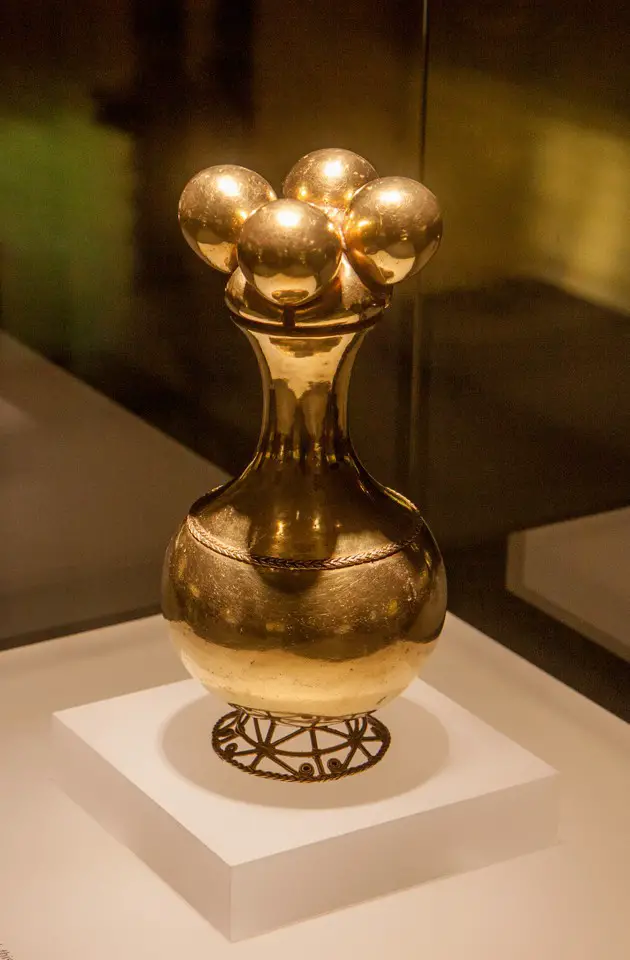
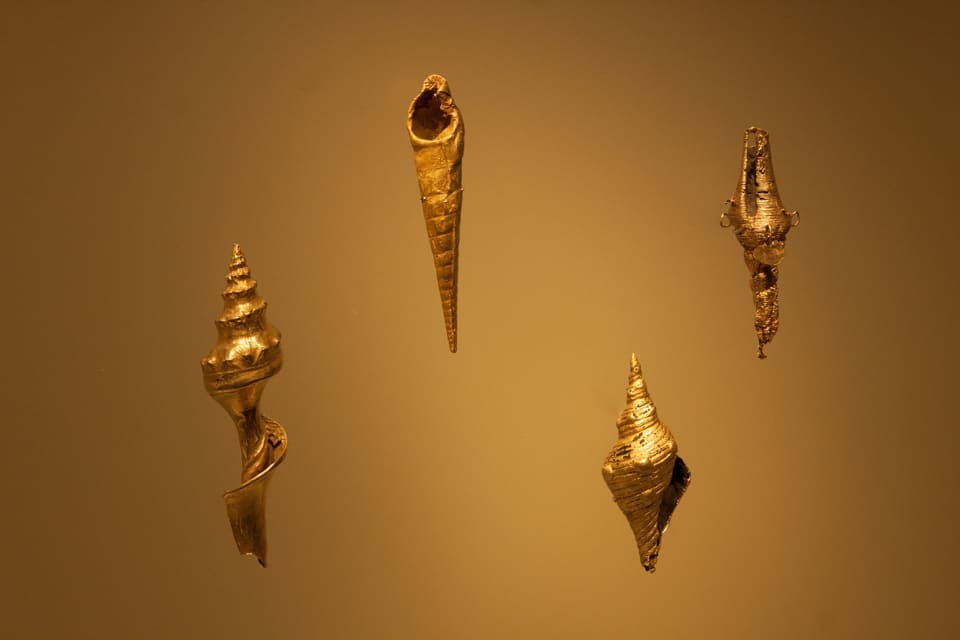


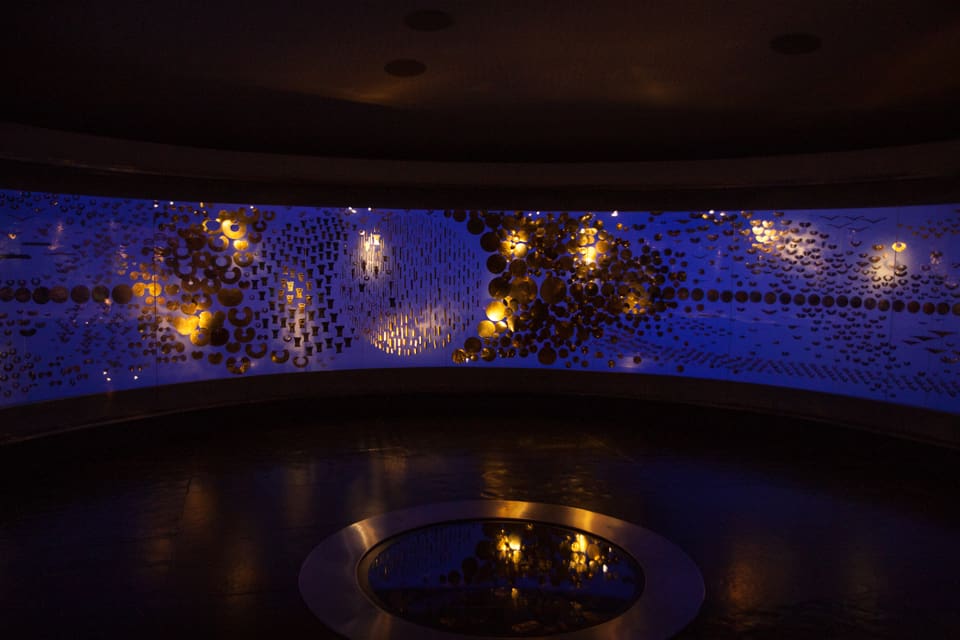
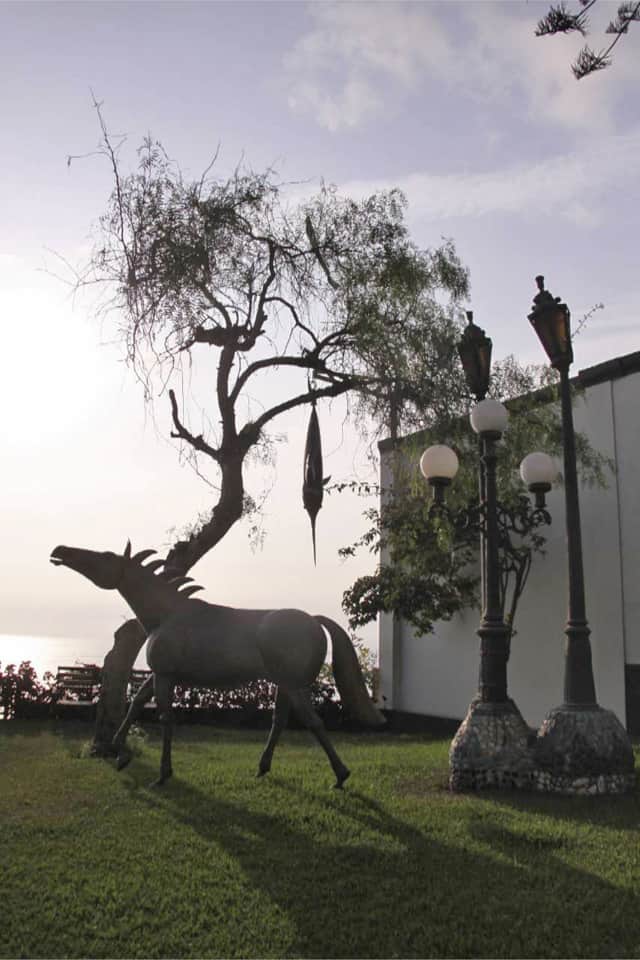
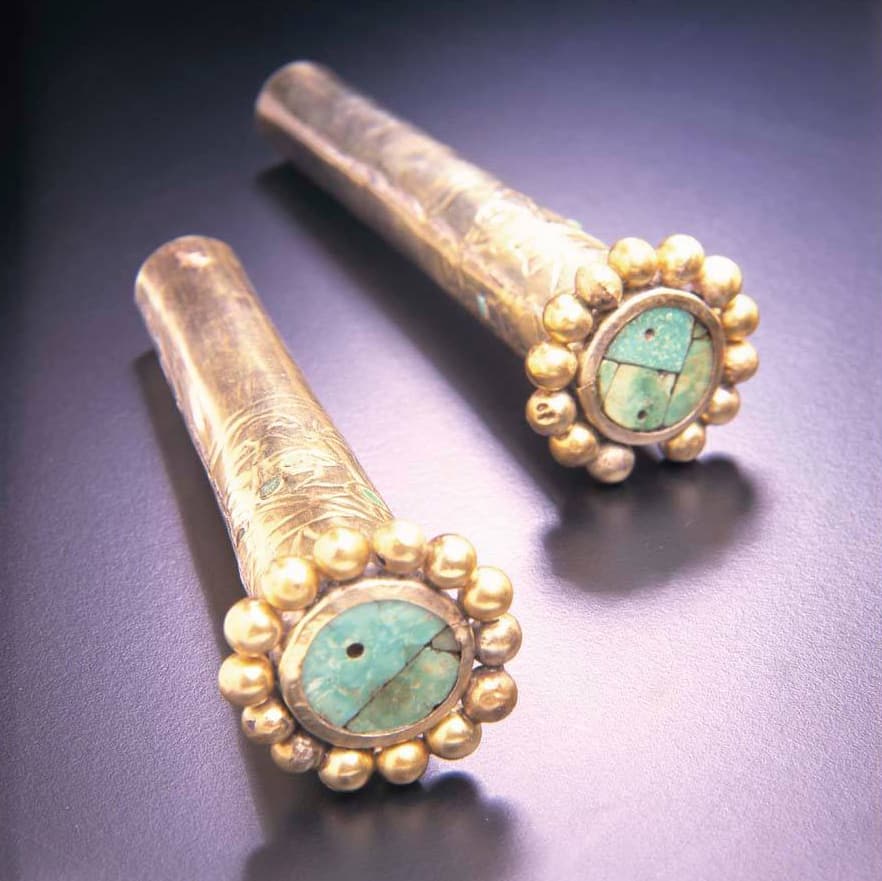
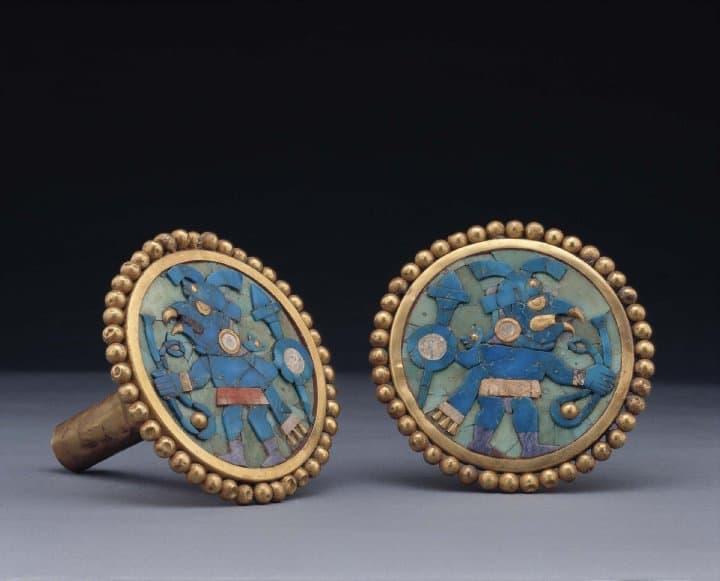
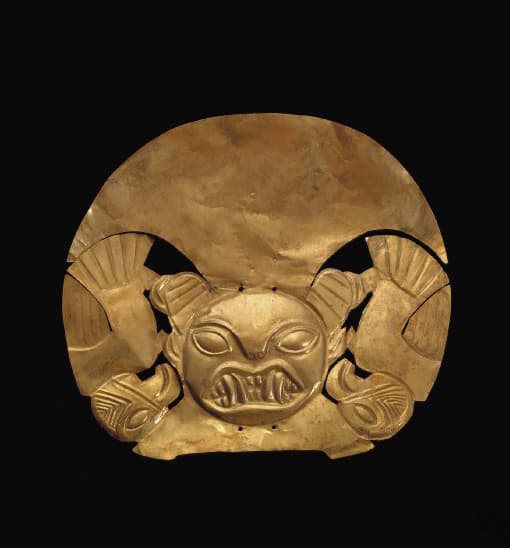
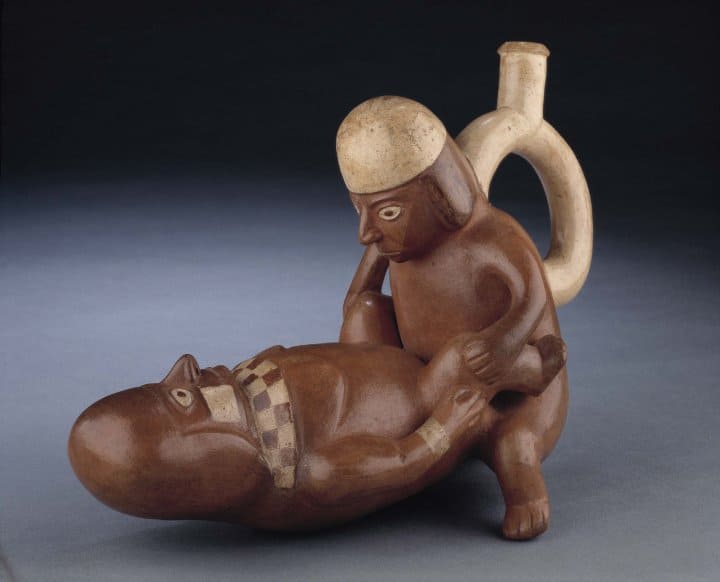
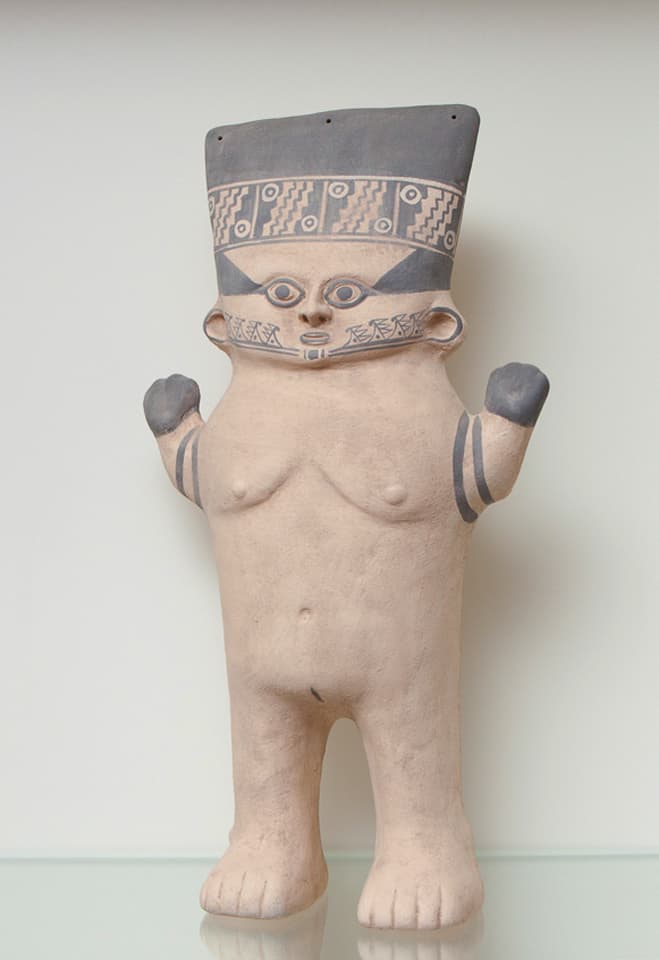
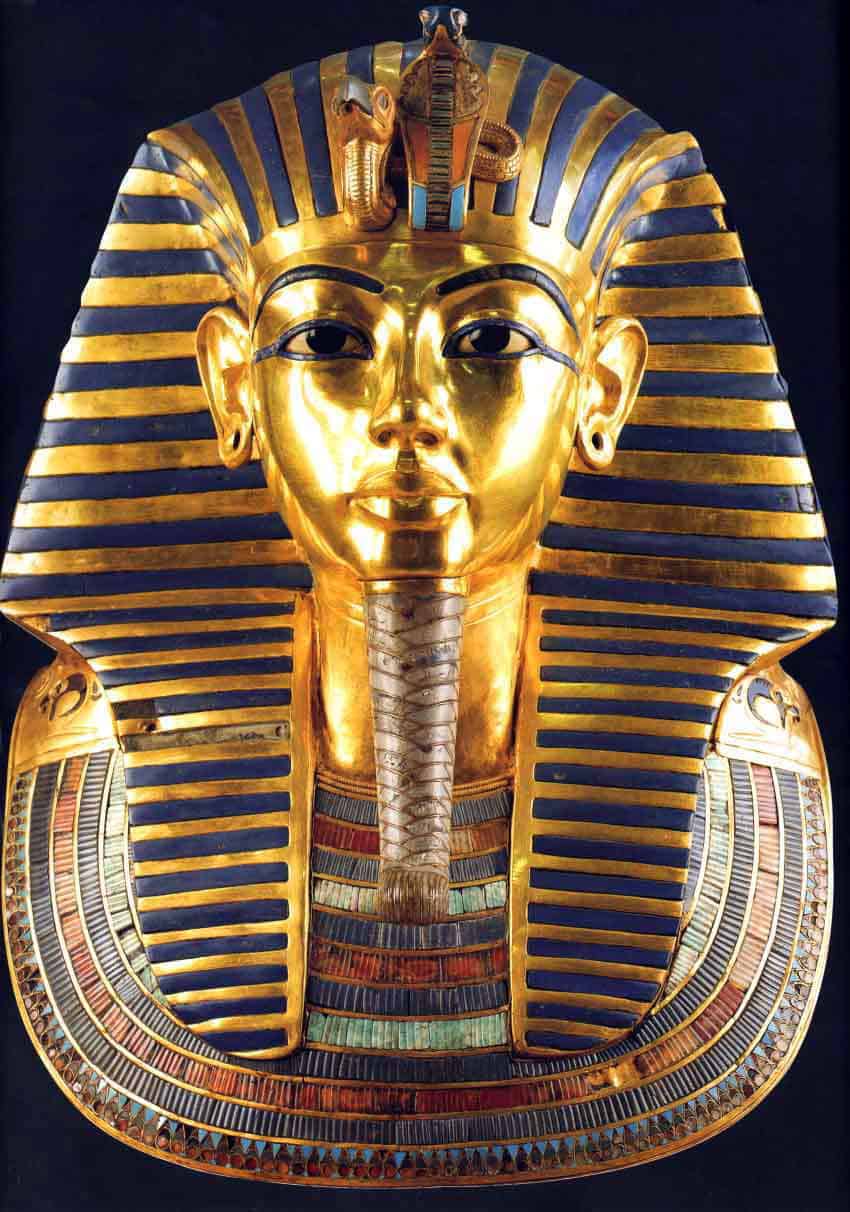

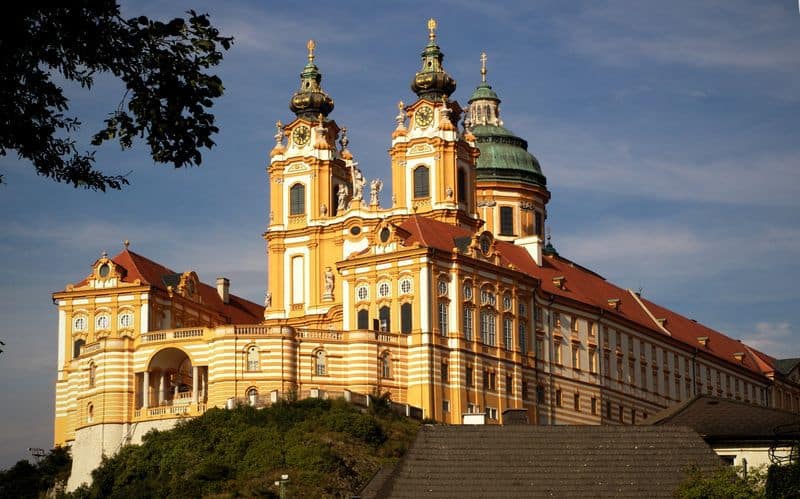
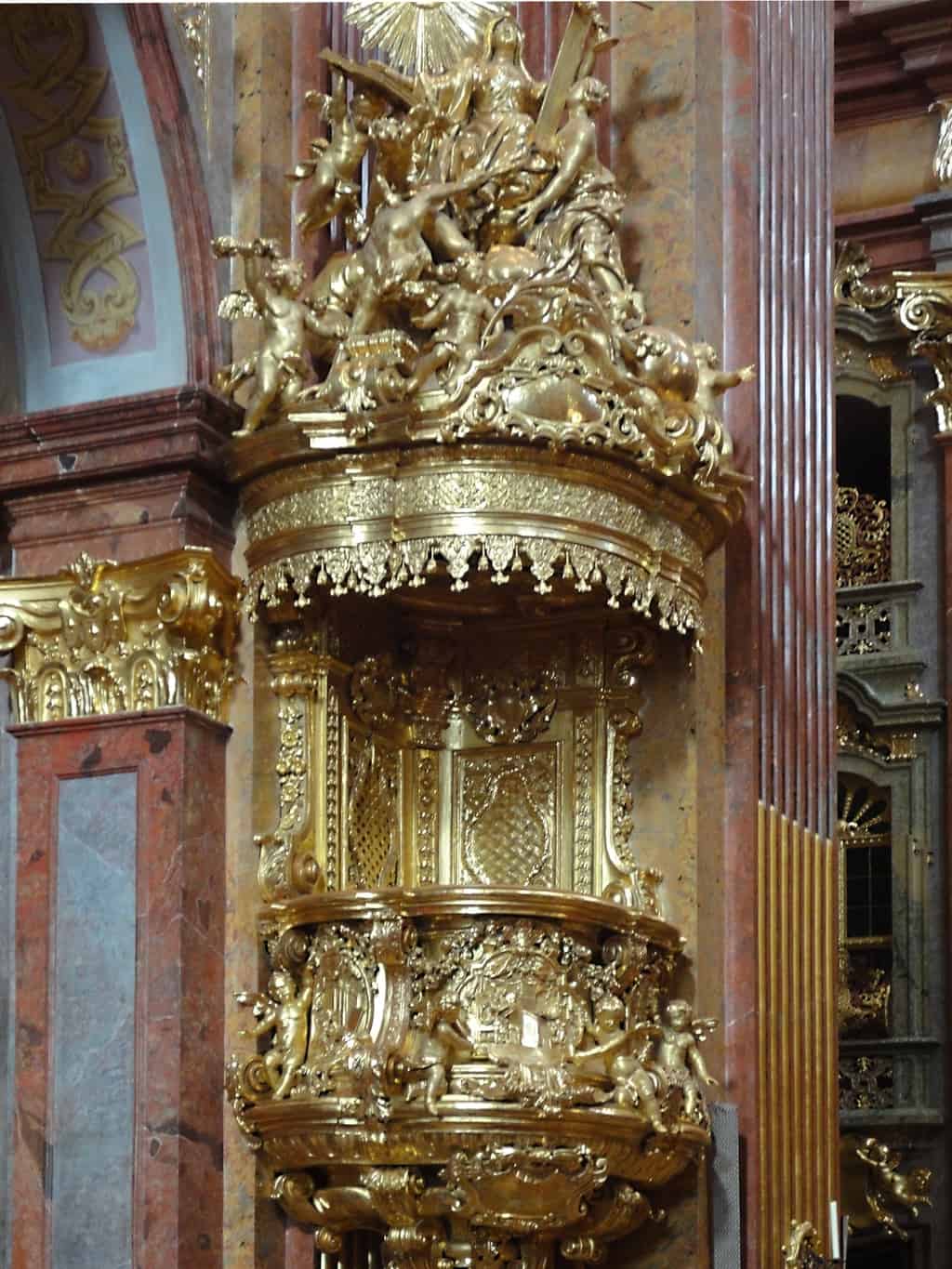

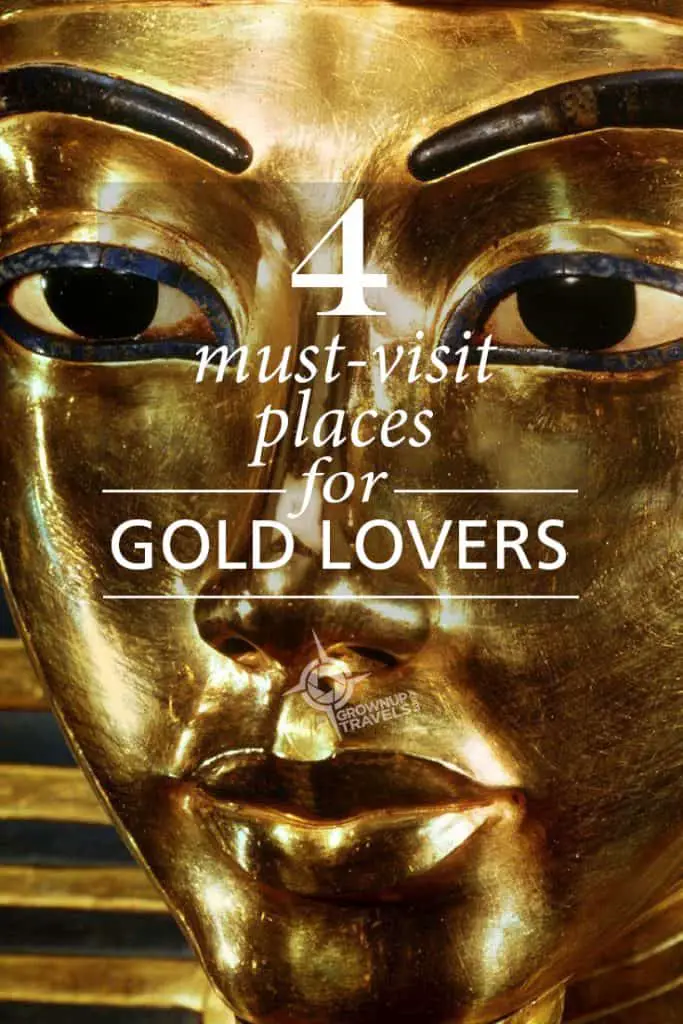











Melk really is stunning, we were amazed when we visited, but all of these are very impressive.
It’s true, there isn’t a ‘dud’ in the bunch!
Fantastic artifacts! It just boggles my mind to realize that some of these museums contain what was left behind after the Spanish finished their plundering! We were lucky enough to visit the Museo Larco in Lima as well as the gold museums in San Jose, Costa Rica and Cartagena, Colombia. The Cartagena museum had a great film on the lost wax technique which we watched TWICE because it was so ingenious!
We were in Cartagena only briefly, and chose to go to the Inquisition museum instead (says a lot about us doesn’t it 😉
These are amazing collections. I was lucky to see the King Tut exhibit in Chicago in the 1970s, but haven’t seen any of the other places or exhibitions you mentioned. I’d love to see them all, including the sexy one. 🙂
I saw the King Tut one as well, in both the 70s and then 30 years later here in Toronto. But nothing (naturally) can compare to the collection at the Cairo Museum. It’s hard to believe they crammed all that stuff into such a tiny tomb!
Oh, I would have loved to visit the museum of gold in Bogota – but our luck: it was closed for extensive renovations during our visit. I love the style of old Inca goldsmith work.
That’s a shame. One of the occupational hazards of travelling: stuff is always under renovations. (Don’t be planning to visit the Trevi Fountain soon, if that’s in your plans…it won’t be finished till late this year.)
What a unique and interesting idea for a post? And who doesn’t love gold???
Thanks, Irene. My husband would say I’m a ‘gold snob’ because I only like the 18k stuff! 😉
I missed the Museo Larco when I was in Lima. Thanks for letting me see some of the gold exhibits. Don’t remember hearing about the erotica. That gift shop must be fun.
You’ll have to visit it next time if you get the chance. I can say I’ve never seen an exhibit quite like that pottery one! 😉